Istanbul
Istanbul
Located on both the Asian and European continents, Istanbul is the largest city in Turkey. A city that has withstood the passage of time, it was once home to Greeks, Romans, and Persians. Deeply rooted in history, it features numerous buildings of Byzantine and Ottoman origin. Despite appearing overcrowded at first glance, as you get to know the city, you’ll discover many lesser-known neighborhoods that are full of charm.
Informations:
- Public Transports : Use Istanbul Card
- Make Monney exchange once in the city
- Mosque: You must wear trousers and headscarf for women’s
- Avoid Main center the week-end

Public Transports:
To use public transportation in Istanbul, get yourself an “IstanbulKart” magnetic card. The purchase price of the card is 70 TL. You can get one at the IstanbulKart machines located in tram, metro stations, or ferry terminals (display language can be changed).
To top up your card, simply place it on the machine and insert money. You can pay either in cash or by credit/debit card. There are also unlimited travel cards available for a defined period. Once the card is loaded, just scan it when entering the platforms. Fares are fixed and depend on the type of transport used. The cards are not personalized, so you can use a single card for multiple people, which also allows for small savings on each trip.
Since I didn’t use taxis, I won’t go into detail about them, but it’s worth noting that taxis are a very common mode of transport in Istanbul.
Land Transportation
Istanbul has a wide range of public transportation options:
- Tram/Metro: There are many lines, including 5 that cover the historic center. They operate from 6 AM to midnight. The average fare for these lines is 27 TL.
- Funicular: There are two lines: Karaköy – Beyoğlu (T) and Kabataş – Taksim (F1). They run from 7 AM to 9 PM.
- Bus: Istanbul has over 400 bus lines. Buses are cheaper than the tram and metro and cover the entire city, except for the Sultanahmet district, which is served by the T1 tram line. However, buses can get crowded during rush hours and travel time may increase depending on traffic. Be aware that buses don’t always stop unless you signal to the driver that you want to get on. Aside from a few night lines, most buses operate until midnight. For more information, click here.
Maritime transports: vapurs
Ferries (called “vapurs” in Turkish) are a very popular way to travel between the European and Asian sides of Istanbul.
They offer a pleasant and scenic journey, making them one of the best options when you want to leave the city center and explore towns along the Bosphorus Strait or coastal districts nearby. There are four ferry companies: one public—Şehir Hatları—and three private ones: Turyol, Dentur Avrasya, and Mavi Marmara.
For Şehir Hatları timetables, it’s highly recommended to download their official app—it will be very useful during your stay.
In Istanbul, the main ferry terminals on the European side are Eminönü, Karaköy, Kabataş, and Beşiktaş, while on the Asian side, the main terminal is Üsküdar. Ferries are also a great way to reach the Princes’ Islands, a popular getaway destination.
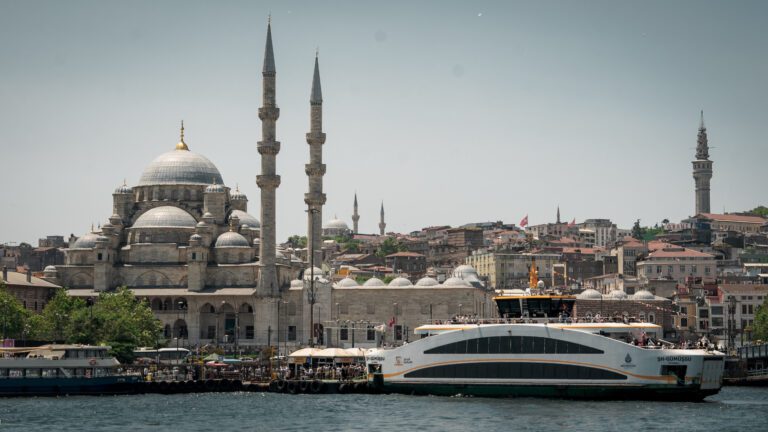
Vapurs - Eminomu terminal
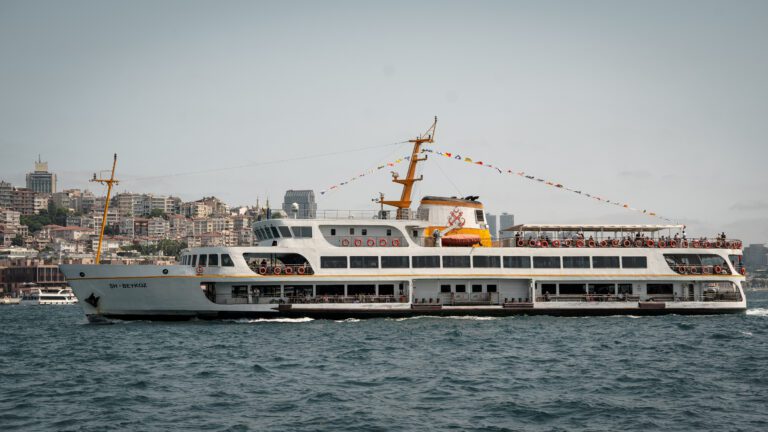
Vapurs
Mosque
Mosques are places of worship where the Muslim community gathers. When visiting a mosque, both men and women are required to cover their shoulders and knees. Women must also cover their hair. In some cases, there are separate entrances for tourists and worshippers.
Rules to respect:
- Wear appropriate clothing
Remove your shoes at the entrance
If you are not a worshipper, stay in the designated visitor areas
Remain quiet and respectful
Mosques are closed to visitors during prayer times (hours vary)
On Fridays, mosques are closed to visitors until noon
Sülenmaniye Mosque
Located on the heights of the Eminönü district, Süleymaniye is one of the most impressive mosques in Istanbul.
It was built between 1550 and 1557 for Sultan Suleiman the Magnificent. Nearby, you’ll find a small cemetery adorned with beautiful pink hydrangeas (in bloom during June). In front of the mosque, there is also one of the most stunning viewpoints over the city.
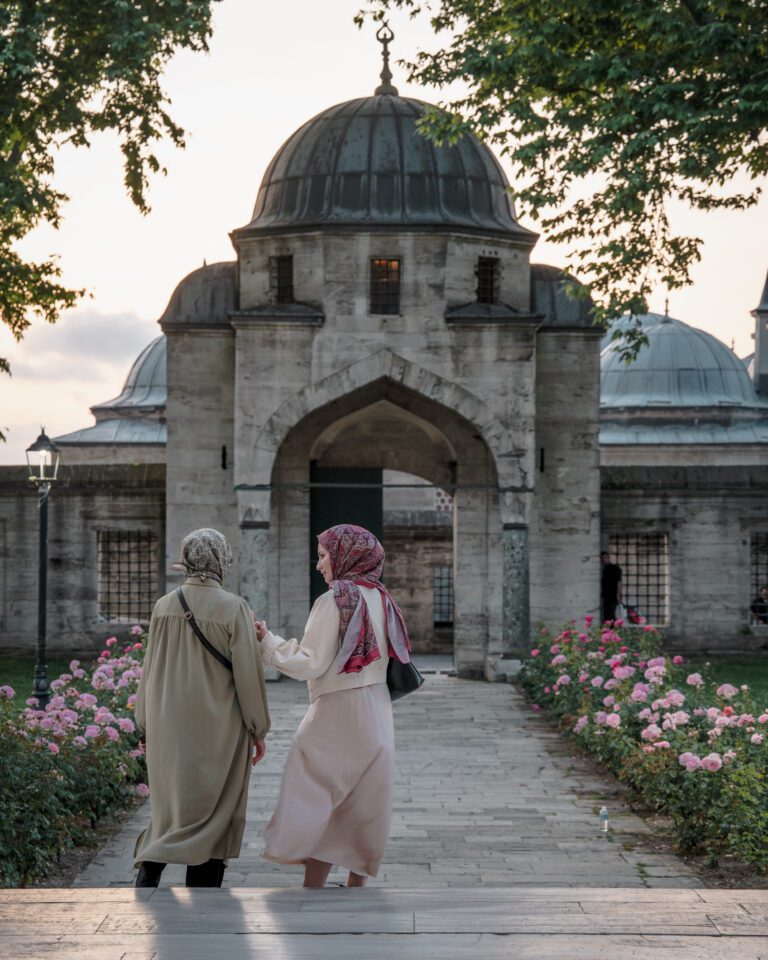
Sülenmaniye Entrance
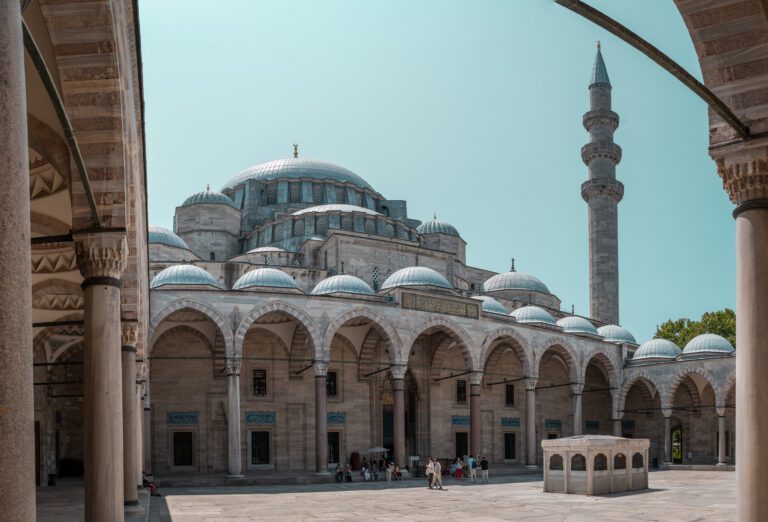
Sülenmaniye
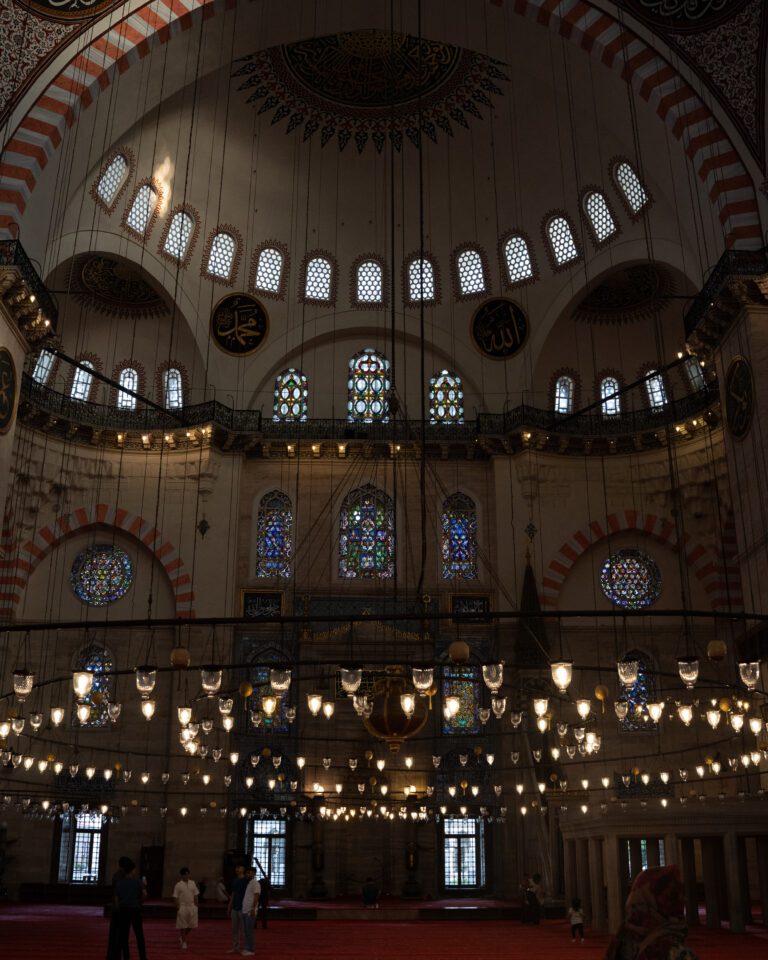
Sülenmaniye inside
Sultan Ahmet Mosque:
Also known as the Blue Mosque, it is one of the most visited mosques in the city.
Built between 1609 and 1616, it is famous for the bluish mosaic tiles that decorate its interior walls. Entrance is free, but the mosque fills up quickly with tour groups as soon as it opens.
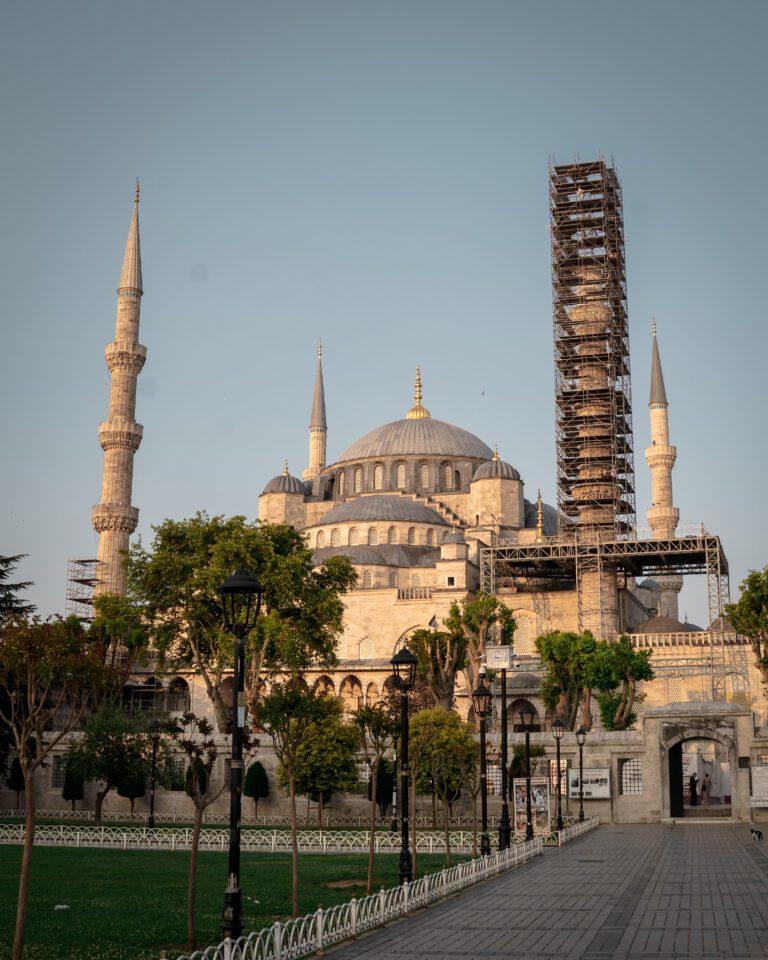
Blue Mosque
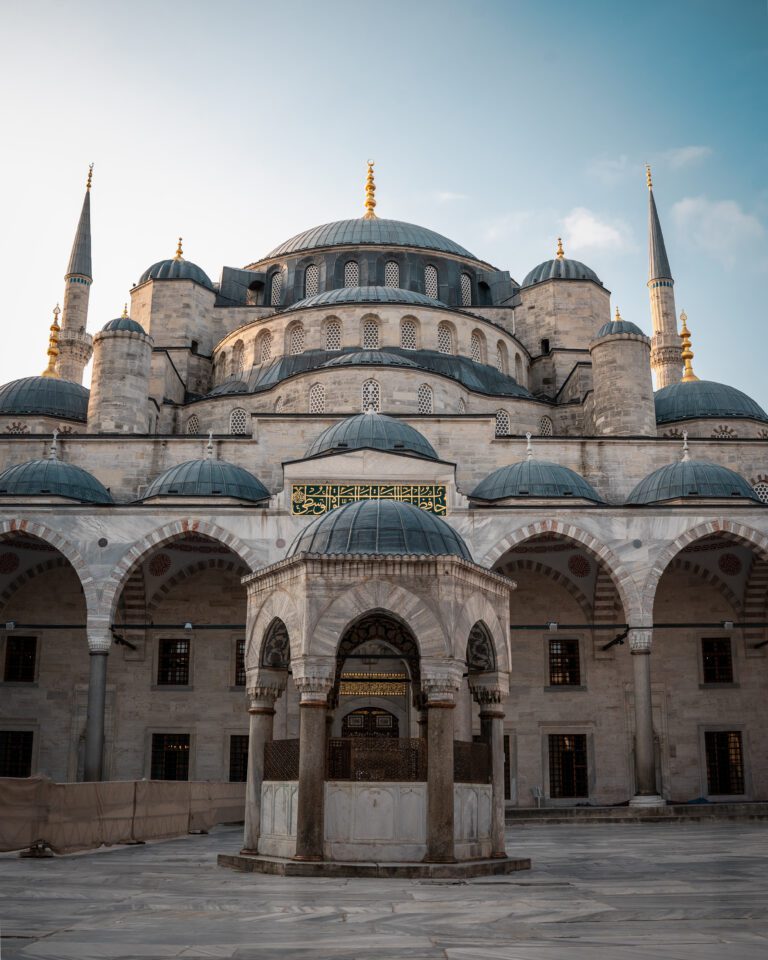
Blue Mosque
Ayasofya-i Kebir Camii Serefi Mosque:
Also known as Hagia Sophia, this mosque is a remarkable symbol of Byzantine heritage and is listed as a UNESCO World Heritage Site. Originally built in the 4th century AD, it was a Byzantine church in the city of Constantinople. In 1453, after a series of wars and the conquest of the city by the Ottomans, it was converted into a mosque. In 1934, it became a museum and went on to become one of the most visited museums in the country.
Unfortunately, in 2020, following a highly controversial decision on the international stage, President Erdoğan ordered the closure of the museum and its reconversion into a mosque. A regrettable decision for the millions of tourists who visit Istanbul each year.
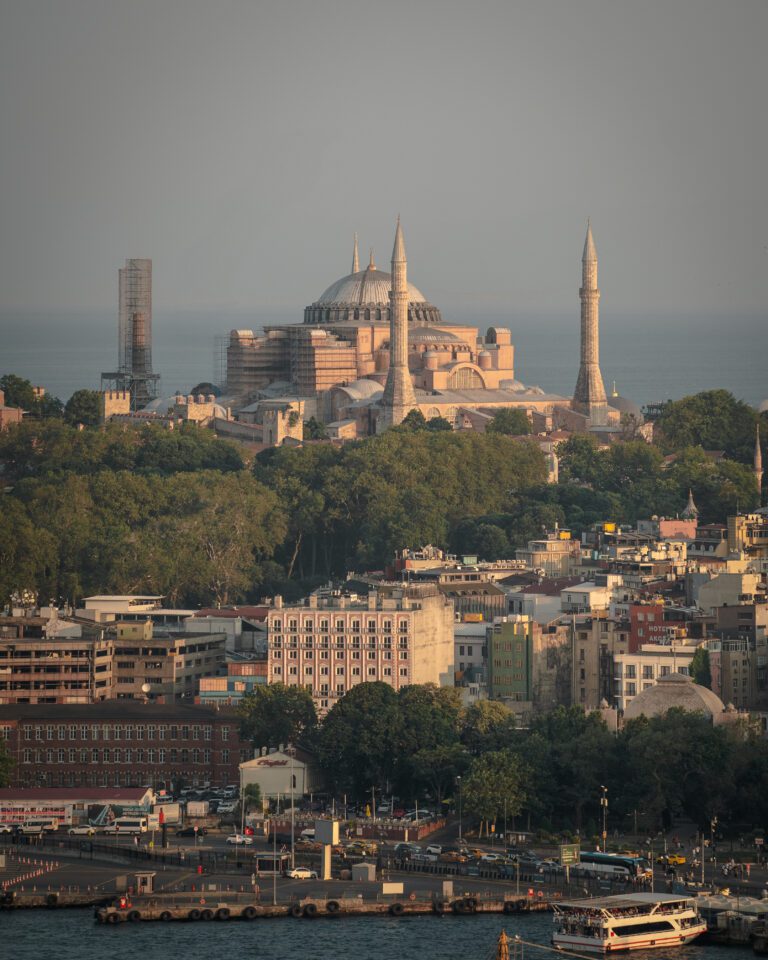
View from galata tower
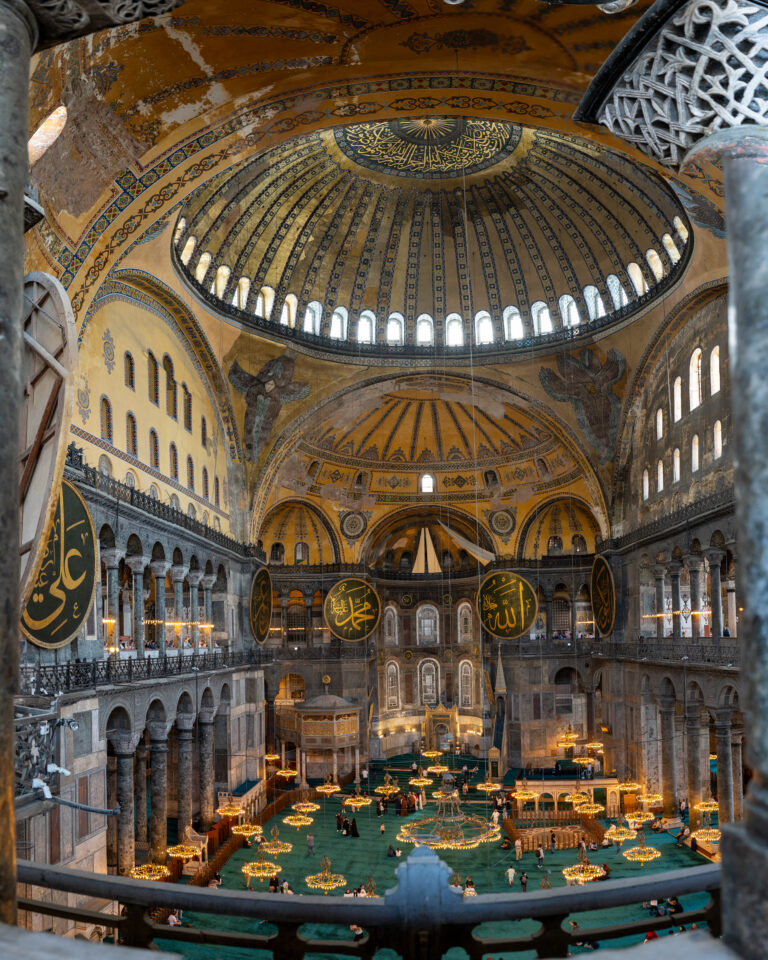
Balcon - Saint Sophie
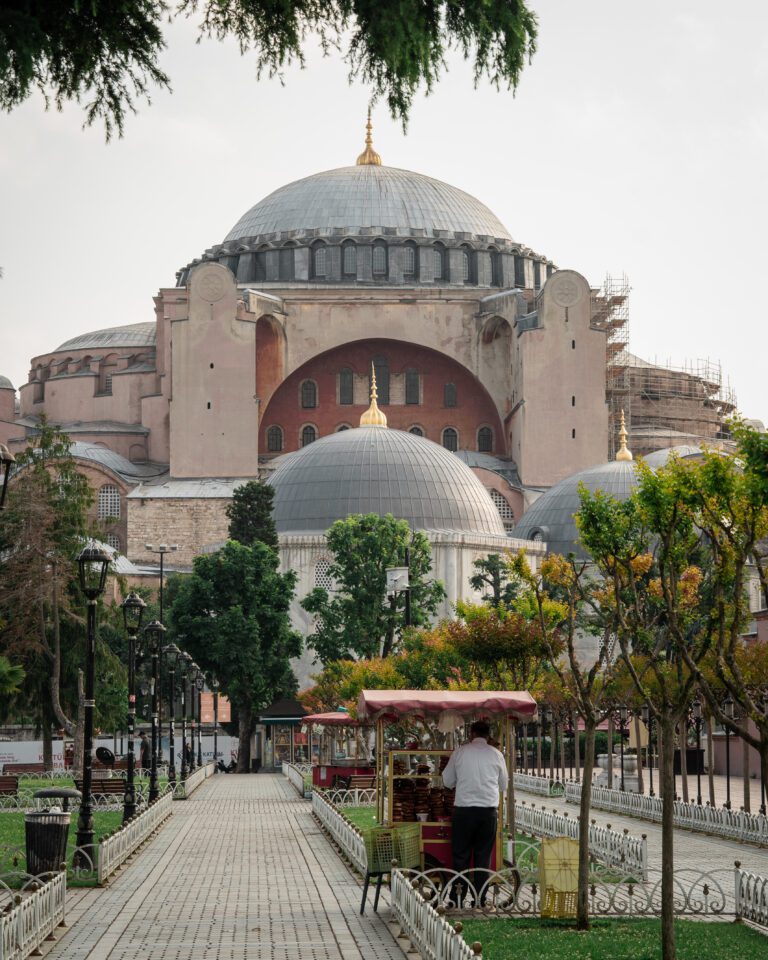
Sainte Sophie
Neuve Mosque:
Located in the Eminönü district along the shores of the Golden Horn, this mosque is very well known in Istanbul. Built in 1663, this imperial mosque is also situated near the Galata Bridge.
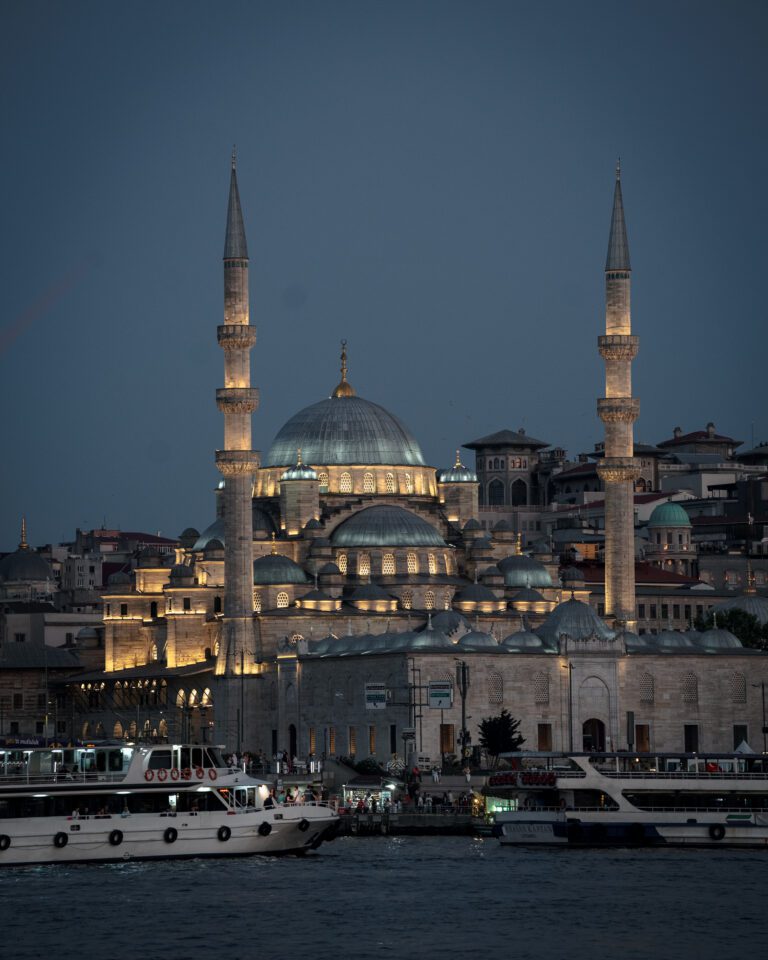
Yeni Cami Mosque
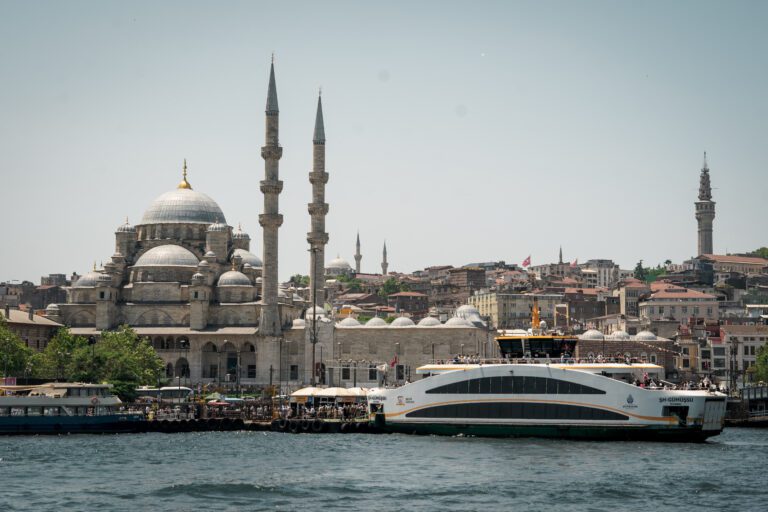
Eminomu quay
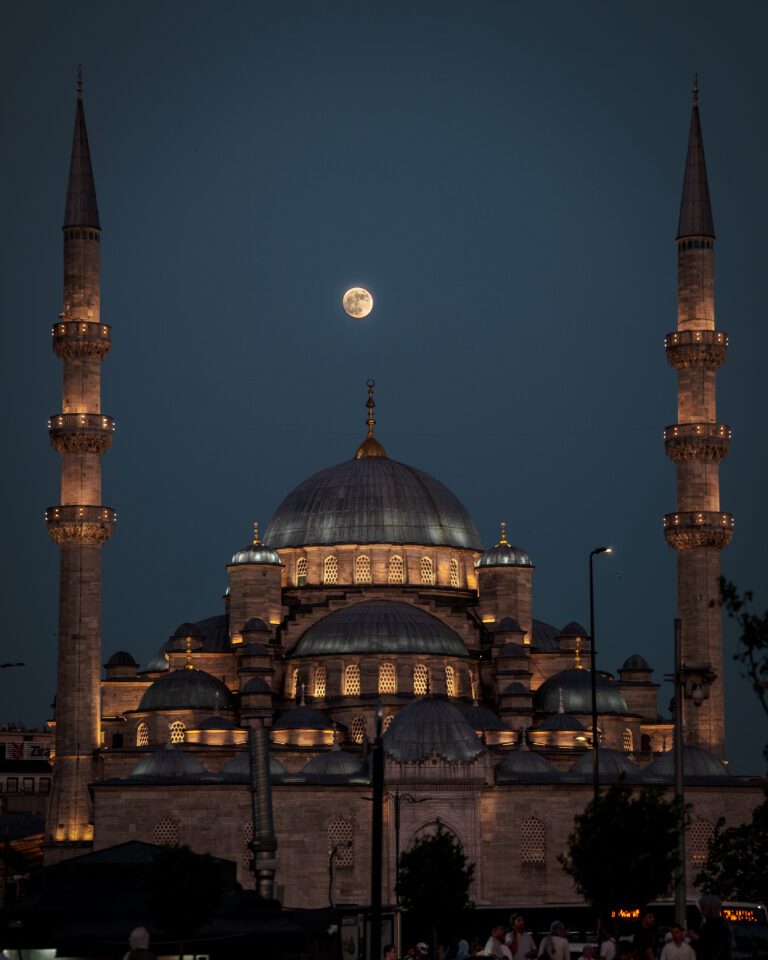
Yeni Cami Mosque
Districts to visit
Sultanahmet: The District of Historic Monuments
Topkapi Palace
This palace was the residence of the Ottoman court from the 15th to the 19th century. You can admire the magnificent Ottoman architecture, along with a collection of garments, jewelry, weapons, and kitchenware from that era. The palace is divided into four courtyards and includes a harem, which was the private residence of the sultan, his family, and his concubines.
Entrance fee: 2400 TL (~€50)
Istanbul Archaeological Museum
A must-see for lovers of ancient history, featuring artifacts from across the Mediterranean, the Middle East, and Anatolia.
Hagia Sophia
The entry ticket gives access to the upper galleries (not accessible to people with reduced mobility). You can also choose an additional ticket for the Hagia Sophia History & Experience Museum — a very enjoyable visit despite possible waiting times. From the balconies, you can admire the mosque’s interior and beautiful mosaics of Christ.
Entrance fee: Hagia Sophia only / With museum: 1150 / 2300 TL (~€25 / €50)
The Blue Mosque
Still an active place of worship, this mosque is famous for its striking blue tiles and impressive architecture. Free entry
The Hippodrome
Once a central public space in Byzantine Constantinople, it is now an open square with remains such as the Obelisk of Theodosius and the Serpent Column.
Basilica Cistern
Built in 532 during the Roman Empire, it was part of an underground water supply system. Today, it is one of the most visited monuments in Istanbul. Waiting times can be long; online booking is highly recommended.
This district is also located near the Grand Bazaar, a vast covered maze with over 4,000 shops, including stores selling textiles, gold, spices, jewelry, carpets, and more (closed on Sundays). Just a few minutes away, you’ll also find the Spice Market, known for its colorful stalls. Although many of the stands are tourist-oriented, you can still discover a few well-known, high-quality vendors.
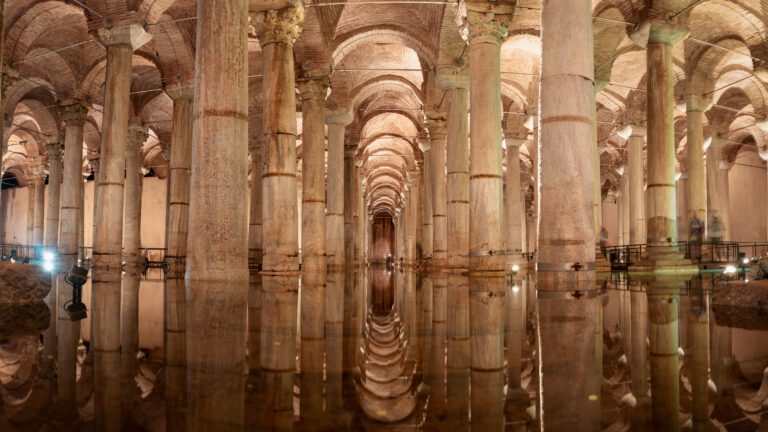
Basilique Cistern
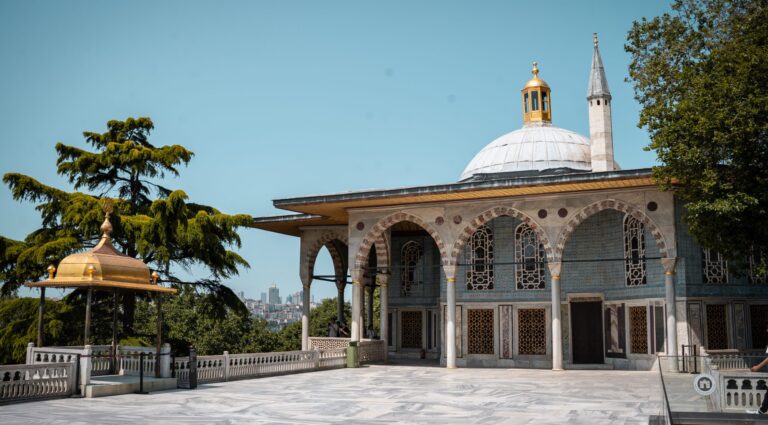
Topkiavi Palace
Karakoy:
A historic district of Istanbul, Karaköy has no major monuments, yet it remains my favorite neighborhood in the city center. It’s a very lively area, with plenty of cafés, street food stalls, and the Museum of Modern Art (closed on Mondays, Price: 750 TL; 16.5€). The neighborhood comes alive in the late afternoon; you can enjoy a stunning sunset from the waterfront. One of the city center’s ferry terminals is also located here. Nearby, you’ll find the Galata Tower, which you can visit (Ticket – Price: 1300 TL ; 30€ ).
On the same side, you will also find the Beşiktaş district and the unmissable Dolmabahçe Palace, a former residence of the Ottoman sultans, remarkable for its architecture blending Western and Eastern styles. Be aware that the palace is closed on Mondays.

Cafe - Karakoy
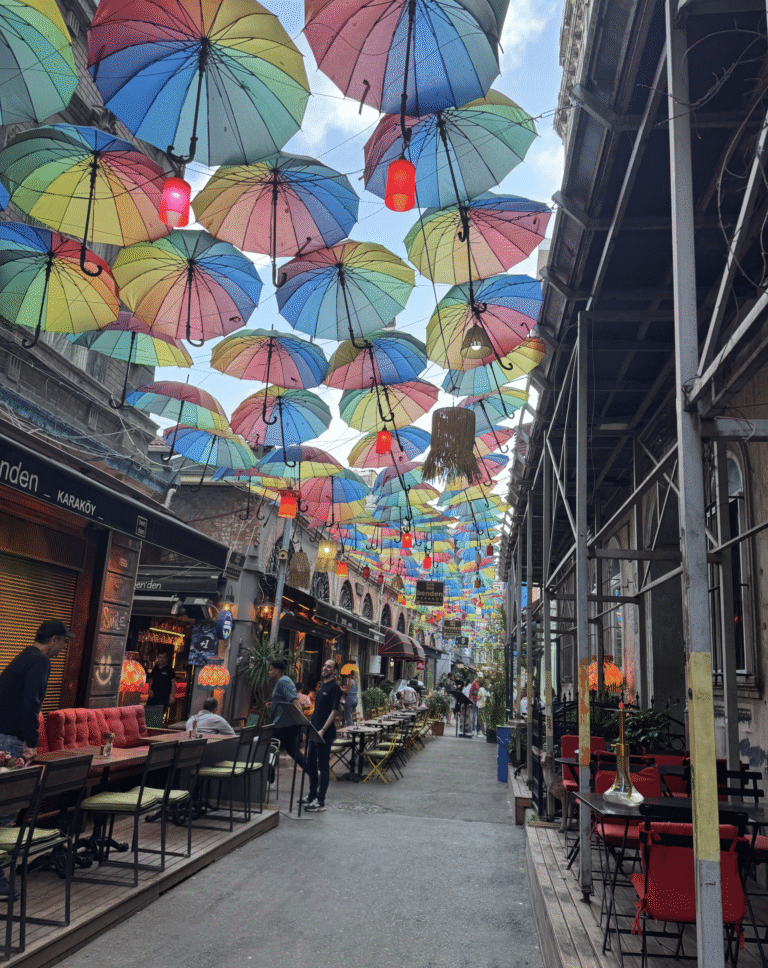
Street - Karakoy
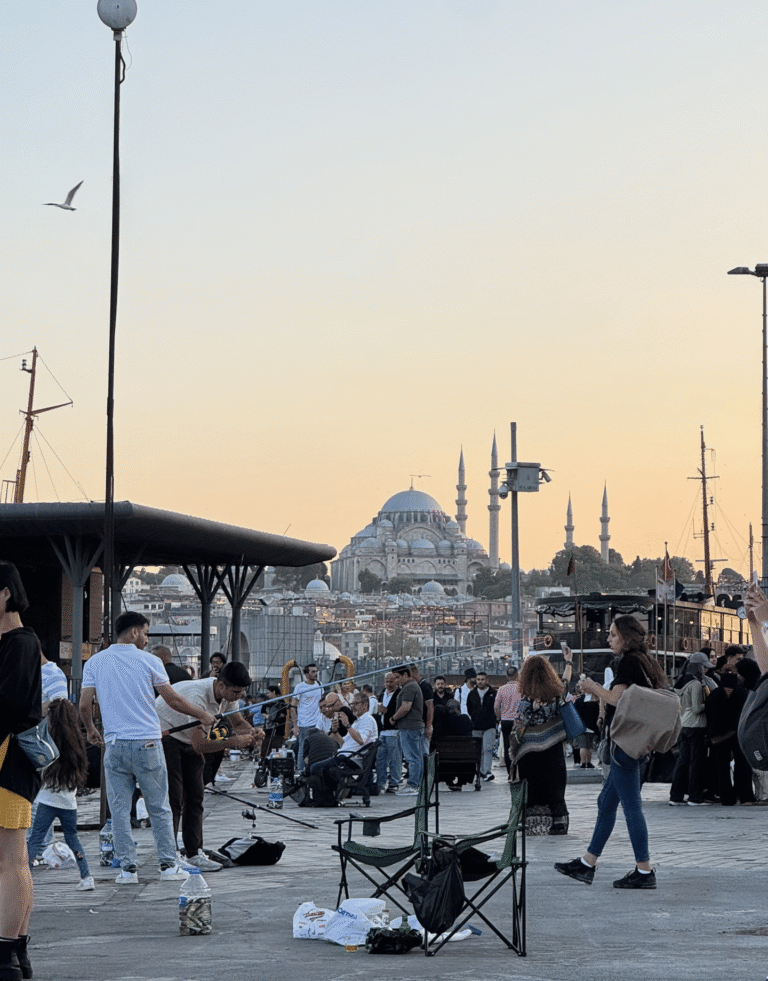
View on Süleymaniye
Bebek : The chic district of Istanbul
Part of the Beşiktaş district, this is one of the most pleasant places in Istanbul. This chic residential neighborhood is full of cozy cafés, restaurants, and high-end shops. It’s a lovely spot for a walk along the Bosphorus Strait. Close to the city center, you’ll also find the Rumeli Hisarı fortress. To get to Bebek, the best way is by vapur (ferry). On your way back, you can also stop by Ortaköy and admire the stunning Büyük Mecidiye Mosque.
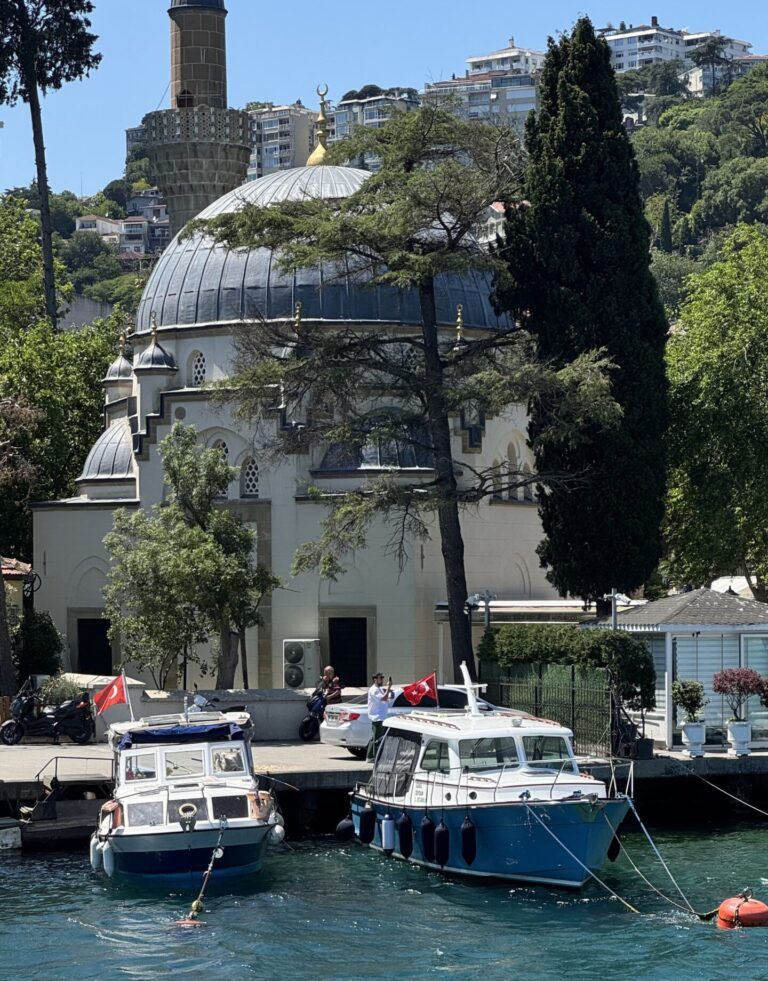
Narrows - Bebek
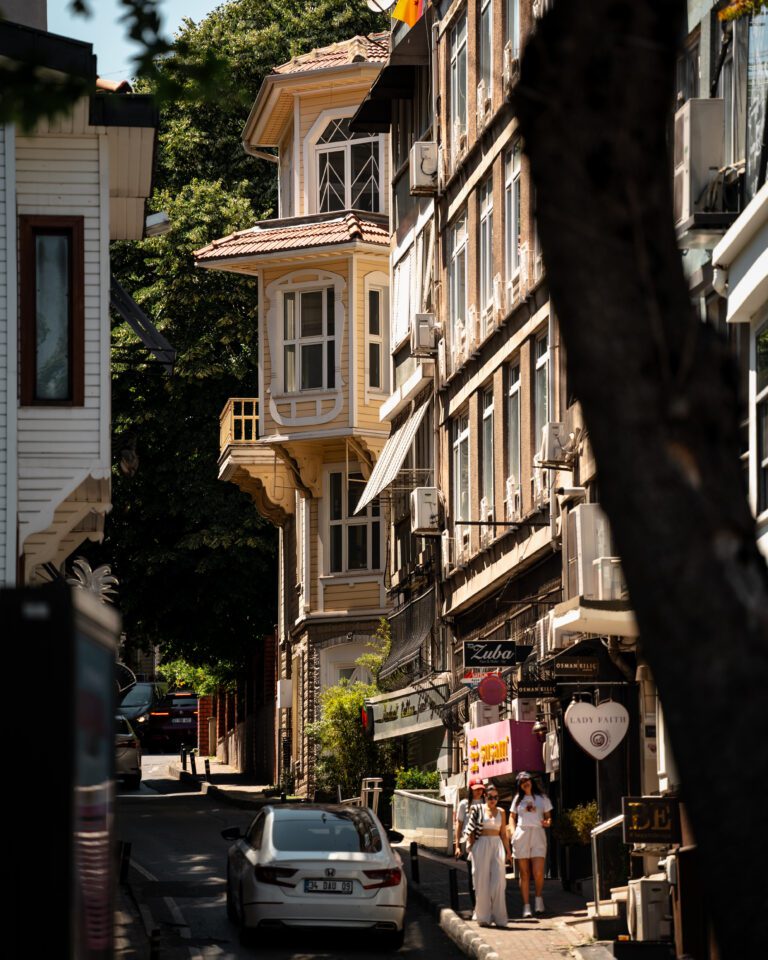
Bebek Street
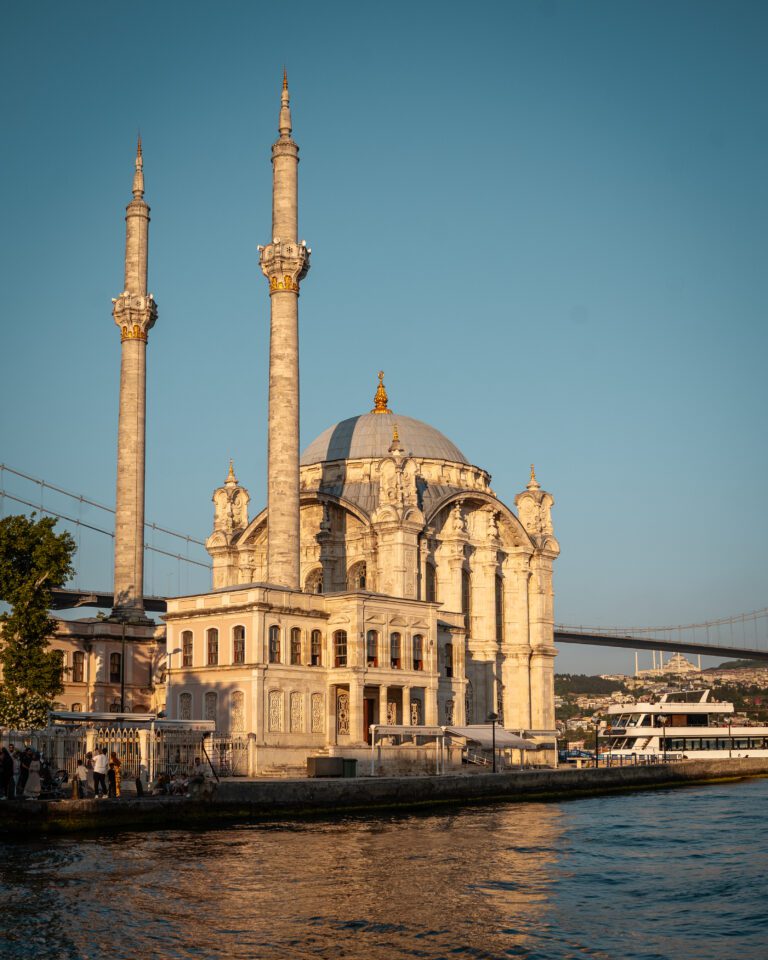
Büyük Mecidiye Camii mosque
Fener : The colorfull district of Istanbul
Located on the banks of the Golden Horn, this neighborhood is visited far more by locals than by tourists. It is the former traditional Greek quarter, listed as a UNESCO World Heritage Site. Its many colorful houses give it a unique charm, attracting numerous visitors who come to take photos. You can also find historical buildings there, such as the Greek Orthodox high school, built between 1881 and 1883. Not far from this neighborhood, you’ll also find the Mosque of Sultan Selim I, perched on the heights of Istanbul. You can reach this neighborhood by ferry or by tram.
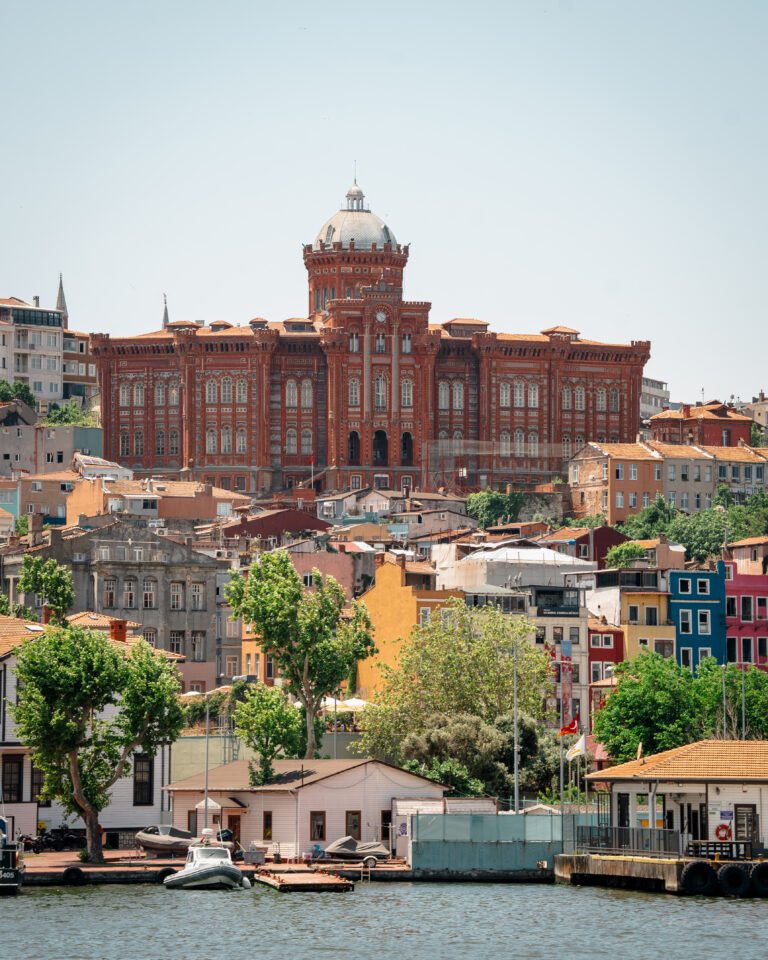
Greek Orthodox High School
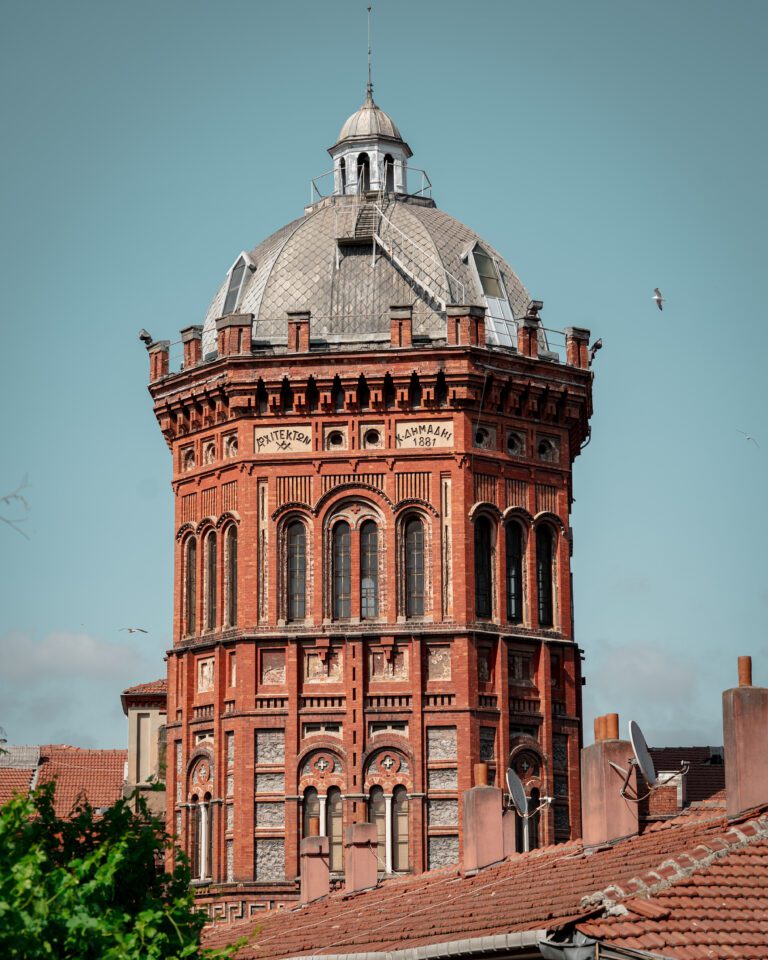
Greek Orthodox High School
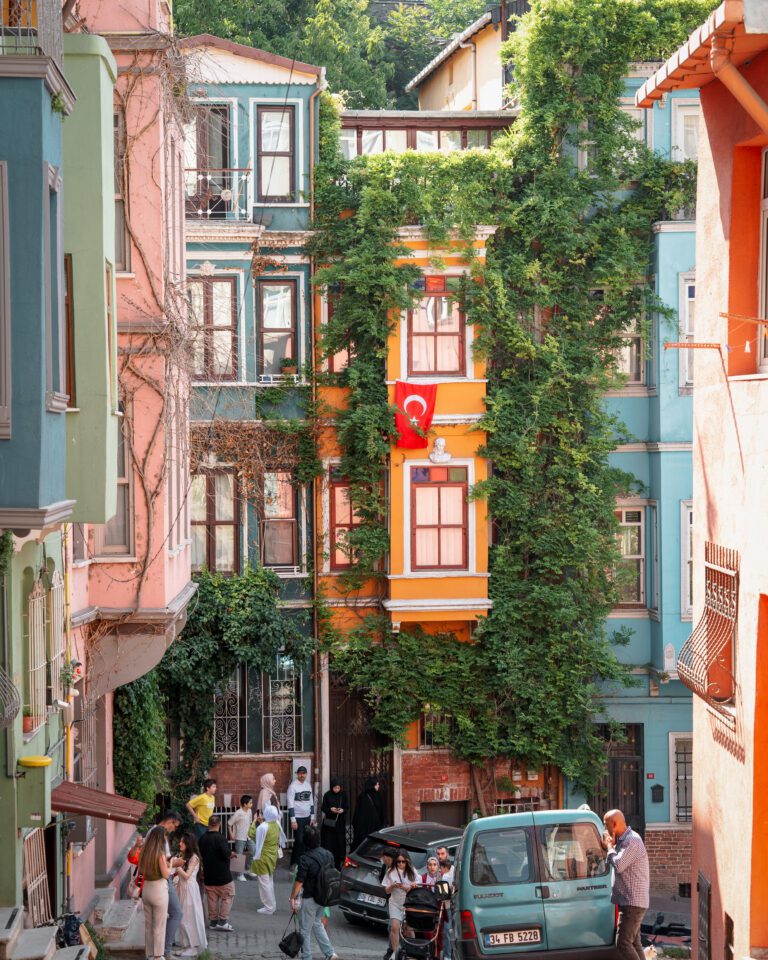
Colorfull Houses - Fener
Excursion for a day : Princes Islands
Highly popular with Istanbul residents, the Princes’ Islands are the perfect place to escape the city and enjoy nature. The Princes’ Islands consist of four accessible islands: Büyükada, Heybeliada, Burgazada, and Kınalıada. They can be reached from the ferry terminals in Beşiktaş, Eminönü, and Kabataş.
Büyükada is the largest island. At its summit, you’ll find the Greek Orthodox Monastery of Aya Yorgi and enjoy a stunning view of the entire island. Heybeliada is the second largest island. Both of these islands feature beautiful wooden houses, many of which you can admire while strolling along the streets.
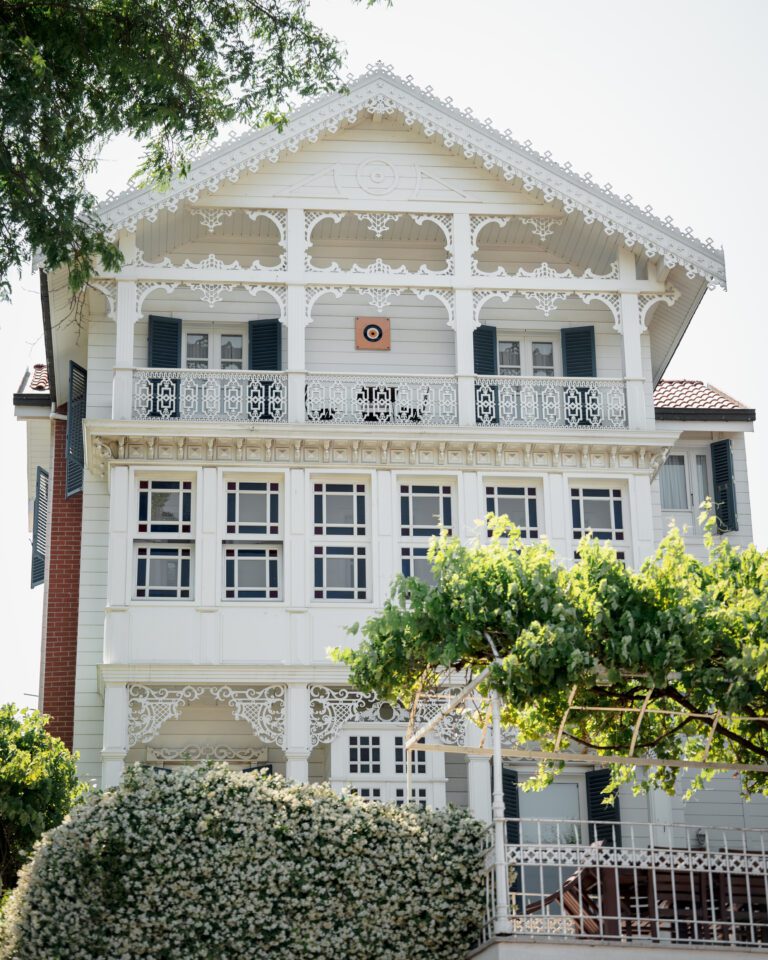
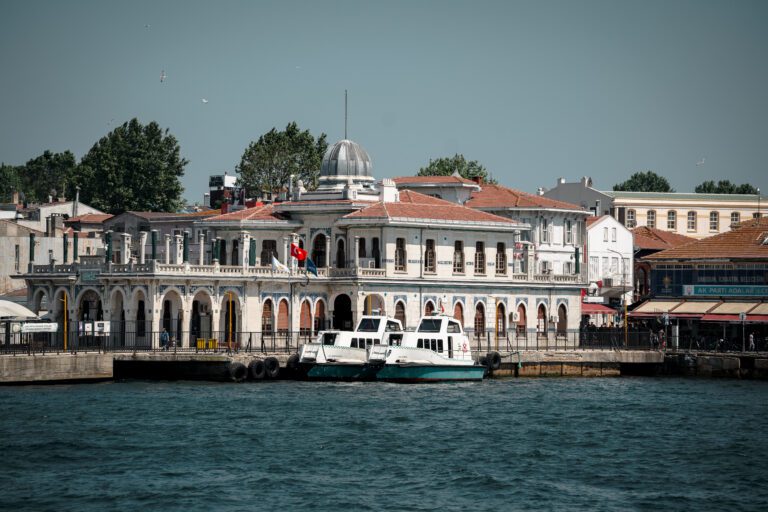
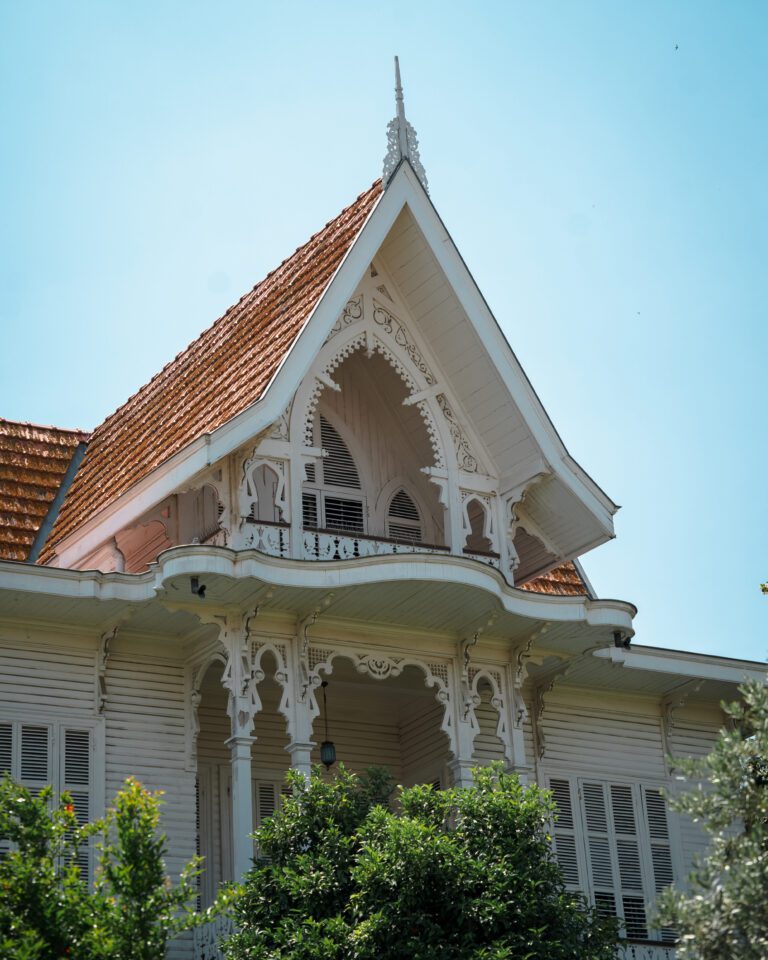
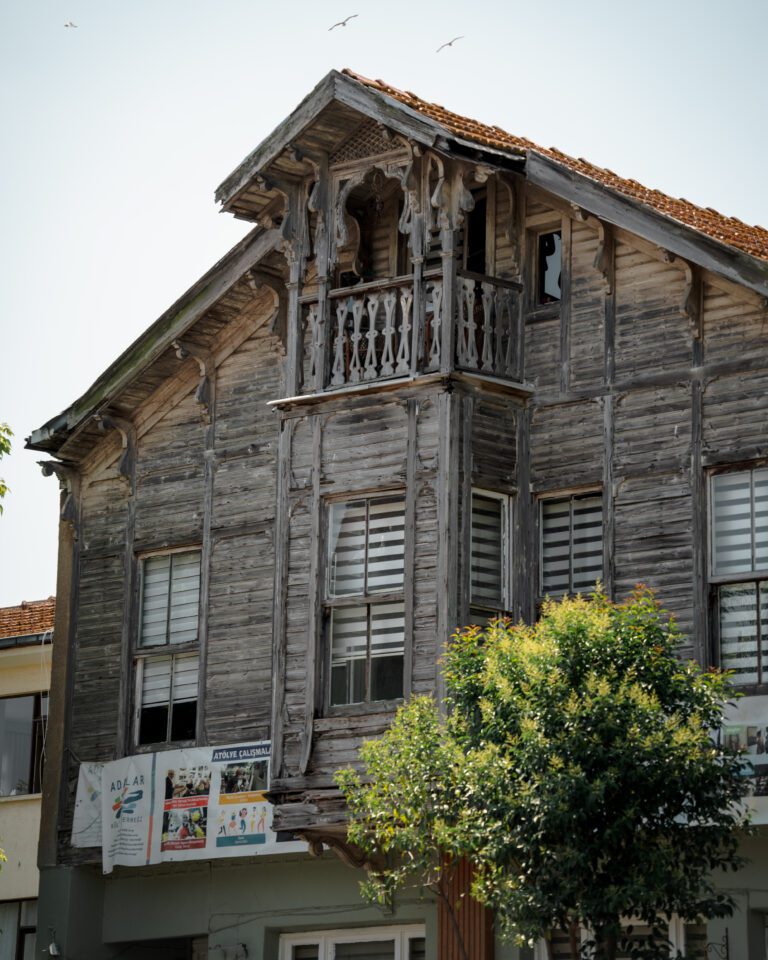
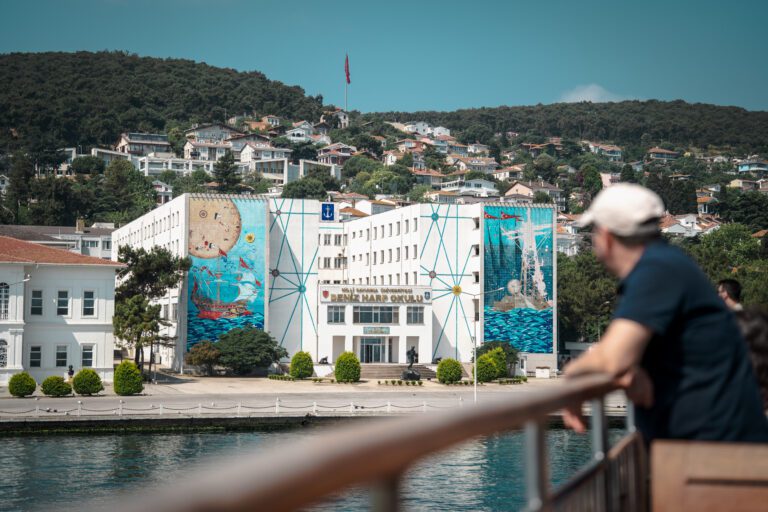
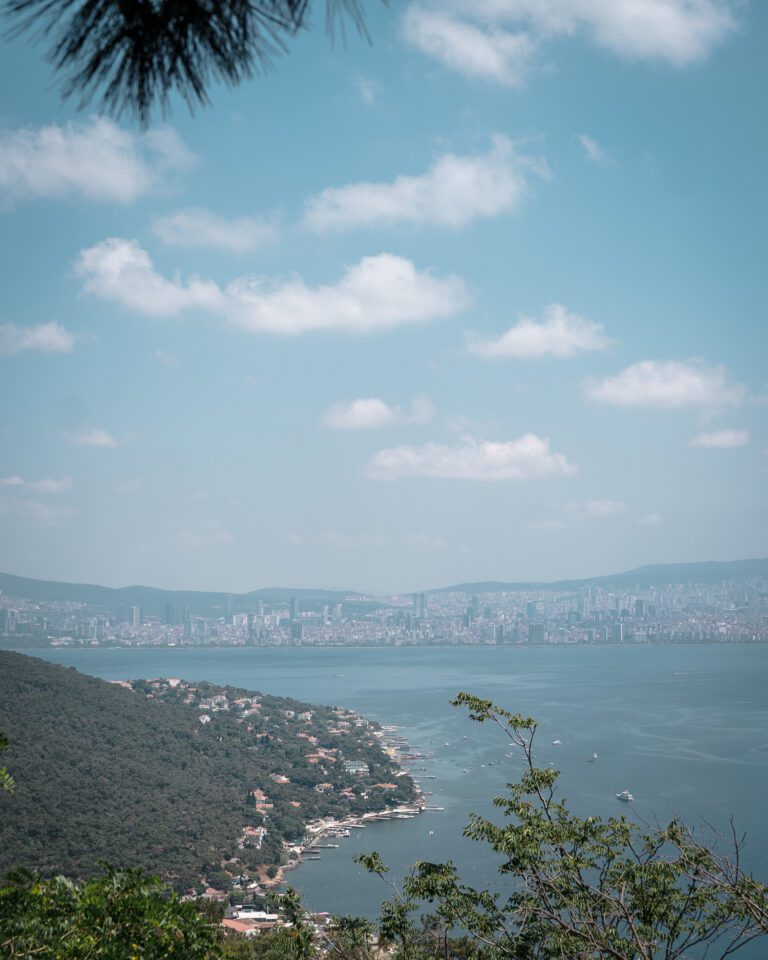
My experience in Istanbul: A surprising city
The purpose of my visit wasn’t base on visiting so when I traveled to Istanbul, I knew very little about the city, apart from a few things related to the country’s politics. Upon arrival, landing in Taksim and visiting the Sultanahmet area, the overwhelming crowds left me with a rather poor first impression. However, everything changed in the days that followed. I began exploring much calmer and more authentic neighborhoods like Fener and Karaköy, and that’s when I truly started to discover the real charm of Istanbul. This contrast between hectic tourist hotspots and peaceful local life is one of the city’s greatest assets. It also serves as a reminder of how fortunate we are to live in a country like France, some areas in Istanbul are visibly poor, with living conditions that seem quite precarious.
What bothered me a bit
Istanbul is overall a very pleasant city to live in. But it turned out to be more expensive than I had imagined, especially when it comes to tourist attractions. What bothered me the most was the price difference between tourists and locals. For example, in 2025, the entrance fee to Topkapi Palace was 2,400 TL for tourists versus only 400 TL for Turkish residents, six times more expensive. I had never seen such a price gap in any other country I’ve visited. On top of that, entrance fees keep rising over the years (the same ticket cost 1,700 TL a few years ago, compared to 2,400 TL in 2025).
This seems to be a strategy to offset the economic difficulties caused by Erdogan’s authoritarian policies, by maximizing profits from tourism. A regrettable choice…
What I Loved Most: Cultural Diversity
What I absolutely loved in Istanbul is its cultural diversity. You’ll meet people with origins from Asia, Russia, Europe… Thanks to this mix, it’s very easy to feel accepted, especially when compared to some Southeast Asian countries. While older people can sometimes come across as a bit cold, young Turks are super friendly and open. I often had locals speak to me in Turkish, thinking I could understand them… even though I had no idea what they were saying. One thing that surprised me was the low level of English, even in tourist areas. I didn’t expect that.
But once you get used to the pace of the city, exploring Istanbul becomes a truly enjoyable and rewarding experience.


